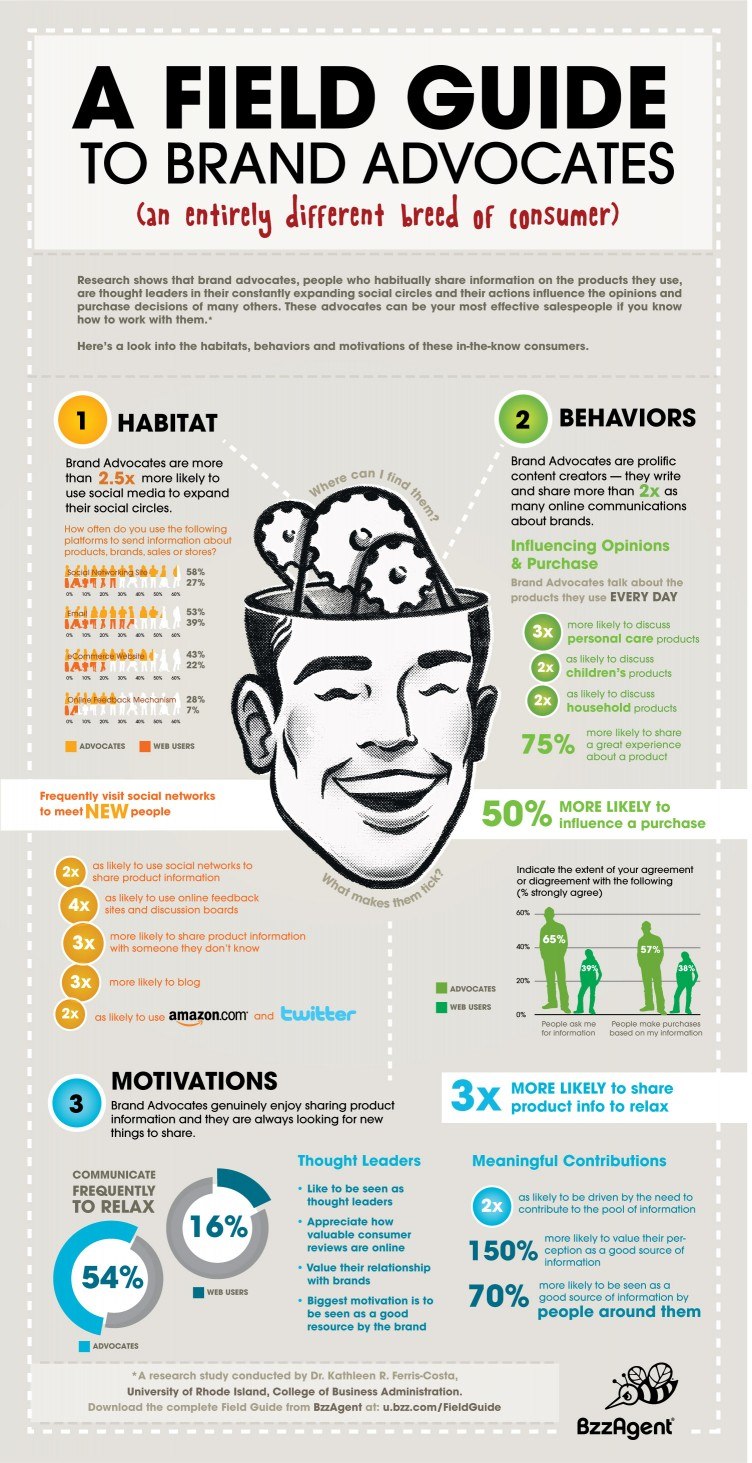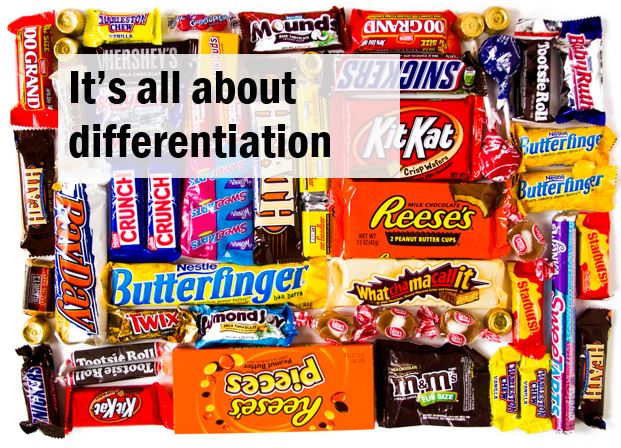I know you have great ideas. But they’re not doing much, just sitting there in your head.

You know you need a blog, or some kind of regularly updated content. The problem is, you hate writing – well, maybe ‘hate’ is a strong word, but the last time you had to sit down and write more than 2 paragraphs in a row it took you all afternoon and finally you just gave up and spent the rest of the day making a fun diagram on PowerPoint.
If you’re at the point where you know you need to create content, you’ve probably got some ideas of what you’d like that content to look like – it’s just a matter of getting those ideas out of your head and into the world.
Of course, the easiest way around an aversion to writing content is simply to hire someone – they can interview you, extract all the good ideas you’ve been thinking about, and then ghost-write your content for you. The problem is that this tends to be expensive, because anyone you’re going to trust enough to be your ‘voice’ is probably going to cost real money.
Here’s how to get as much content as you can out of your head and into some kind of format that you can use to either write some 350-word blog posts, or hand off to someone to turn into content for you without having to spend a huge amount of money.
1. Set a reasonable time limit and eliminate distractions
If writing’s not your thing, there’s nothing worse than telling yourself you’re going to spend ‘the day’ trying to do it. Instead, just aim to do as much as you can in a 2-hour block. Turn off your cellphone, shut down your email, disconnect the internet and send the family to the movies so you won’t be tempted by procrastination distractions. Do give yourself a snack food and a glass of wine if that helps.
2. Pet peeves about your industry
This is an amazingly inspirational place to start when you’re looking for content ideas. Start with everything that bothers you about the industry in which you work: The incompetence of other practitioners; the bad customer service; the lack of regulation; the misconceptions and myths; the way the big players are ruining it for smaller players; the things that consumers should know but don’t – whatever drives you nuts.
Don’t self-censor at this point – at this point, you’re just talking to yourself. So if you think that 75% of the other people in your industry are total idiots who shouldn’t be allowed to speak to clients, write it down. You can edit yourself later.
3. The ways you’d change your industry
From your pet peeves, it’s a natural step to talking about how you’d change your industry if you could. Better education, better customer service, better processes, more ethical practices – what would you change if you had the power to do so?
These could be small things that you’re already doing in your own day-to-day worklife (“I always make sure my team has continuing education opportunities”) or big things that you’d do if you were in a position of wide-reaching power (“If I was the president of a global multinational, I’d set up an ombudsman for my industry…”).
4. Keep a running list of topics
Even the best writers can struggle with inspiration – that’s why they all carry notebooks with them. Use the ‘notes’ feature in your smartphone and whenever you think of a potential blog topic, make a note. The next time you sit down to write something, you’ll have a list of topics to start from.
5. Don’t try to be Hemingway
Many non-writers get sidetracked when they worry about spelling, grammar, sentence structure or style. When you’re just getting started, it’s better to just get your thoughts out. Stick to bullet points if that’s easier, and switch to paragraphs when you have a lot to say. But don’t worry about run-on sentences and don’t stop to wonder whether ‘miscellaneous’ is spelled properly – getting your ideas to flow is more important.
6. Now you can turn on your computer and check other blogs
When you’ve run out of your own ideas, it’s okay to turn on your computer and read blog posts by other big names in your industry. What are they saying that you agree with? What are they saying that you definitely don’t agree with? Disagreeing with other bloggers – and offering well-thought-out reasons why you disagree – can be a fruitful area for developing your own ideas and content.
A couple of these sessions, and you may have rewired your brain…
You may never come to love writing, or find it easy to do. However, once you’ve done a couple of 2-hour sessions to get your ideas out of your head and into a more share-able format, you’ll probably find that the ideas come more easily, because you’ve given your brain a bit of a structure in which to organize and think about them. And that book you’ve always thought about writing may be more doable than you thought.








